Up Next

We always study each team’s performance at the end of the season and draw conclusions based on how they performed in that year compared to the previous season. But that’s just a small part of the story.
It’s really the vision, commitment and trend over a number of years that generates a given team’s level of performance, more so than ever in modern Formula 1.
But despite the old saying ‘Rome wasn’t built in a day’, all too often teams make kneejerk reactions to their situations.
To use another saying, ‘it’s very easy to throw the baby out with the bathwater’. You could say Ferrari has done that on a number of occasions during the longer 2009-2020 period I am looking at in this article.
Stability is the key to success, which means replacing or changing staff at a whim is very poor management. No matter how good that new person is, they will take time to find their feet and blend into what is already there.
There is no magic wand waiting to be waved, it is all down to hard graft and good management that understands how to motivate people. If you are always looking around, waiting to feel the knife between your shoulder blades, then you are not in the position to do your job well.
You need to create an open culture to maximise the input from everyone, because no-one should be afraid to voice their ideas. Yes, someone will have to make the final decisions, but again that person will need to earn the respect of the shop floor.
As teams get bigger, this becomes increasingly difficult, even more so with success as egos start to play a bigger role. Everyone needs to go home at night knowing they have contributed to the end result. If not, they will start sniffing around for somewhere else to move to. But, of course, the grass isn’t always greener.
For this analysis, I am looking all the way back to 2009 – so covering the five seasons before the hybrid era began and then the seven years since. It’s interesting to see how close all the teams were in 2009, ’12 and ’13 and how the performance spread has more or less doubled since then. This needs to be looked at to understand why this happened and, indeed, why the divide was bigger in 2010 and ’11 as F1 continues to set its long-term direction.
Looking at it this way, we can see the trend of each team’s performance slope and their ability to hang in there when all around them is changing. Chassis and aero regulations have changed numerous times over these 12 years, but if you are an F1 team that strives for success then these are just bumps in the road that you have to overcome on your way to consistent success.
To do this, I have taken each team’s overall performance in each given year and turned these into percentages. This ‘supertime’ comes from the fastest single lap produced by each chassis on each race weekend. The fastest single lap is the datum for each weekend and the rest are a certain percentage slower.
This approach means you can compare long and short circuits, wet or dry conditions evenly across the season. Each year’s figure is an average of that season’s races – this gives an overall season performance figure for each team, which is what I’m comparing.
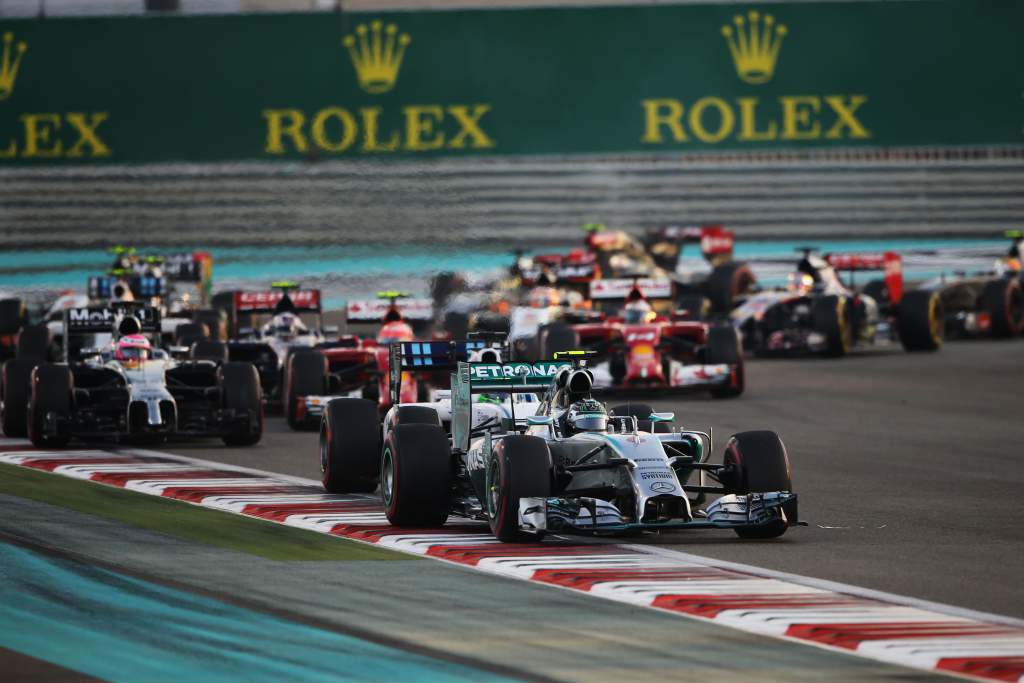
We are all too often guilty of criticising a team for simply doing their job because each individual team always does the best they can within their resources. As I often say, a team doesn’t spend the winter and many millions of dollars deliberately building a bad car. Everyone puts in maximum effort, but if something goes wrong it’s usually down to some characteristic that you didn’t research well enough. To overcome that, you need to dig deeper and every time you identify and address such problems, you will end up stronger.
No team, and I include Mercedes in this statement, knows 100% or what makes a car perform. Some know more than others, so that reduces the percentage of risk but that risk is still there. And each season can only be judged against the competition over that given season, so it’s always a relative measure.
The current F1 teams are ranked below in order of their average seasonal performance from 2009-2020. This ranking grabs data from the normally-aspirated 2.4-litre V8 era and the 1.6-litre V6 turbo hybrid era, starting with the first season of dramatically changed aerodynamic regulations in 2009. Also included is the split of performance across the two power unit eras.
Given the graphs cover 12 seasons, they also smooth out the ups and downs so you can see a clearer performance trend.
1 MERCEDES – 0.377%
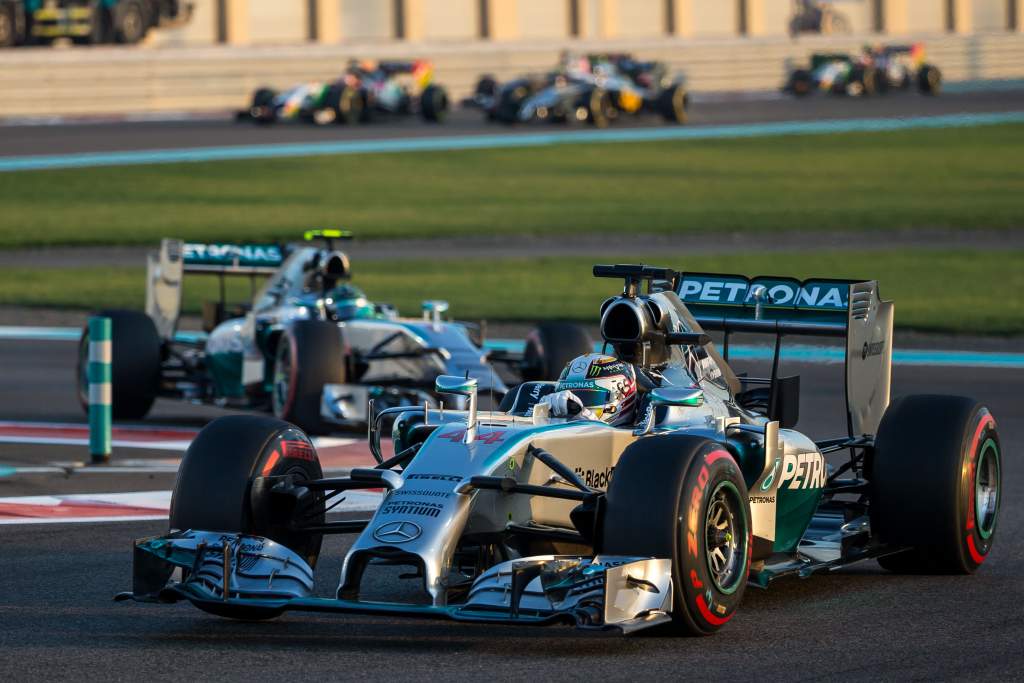
2009-2013 – 0.754%
2014-2020 – 0.075%
For the last seven seasons, the entirety of the hybrid era, Mercedes has ruled the roost. It’s very easy to argue that it is all down to the power unit, but if you look at the trend since 2011 it has all been in the correct direction.
If you look at the last year of the normally aspirated V8 engines in 2013, Mercedes was only 0.283% off being fastest at each event. Once into the hybrid era, its best was 2016 with 0.011% and the worst 2019 with 0.179% – but it has been fastest on average. for all seven seasons.
Mercedes took over the Brawn team at the end of its 2009 championship-winning season and it took a couple of years to find its feet and to rebuild a team that had been heavily cut back after Honda’s withdrawal. But once Mercedes got to the front, to stay there through all the different chassis rule changes is a credit to every single member of staff. Even Toto Wolff deserves some of the credit by keeping the politics well away from the workers.
There have also been various staff changes at the upper echelons technically that are well-known, but the new recruits have knitted in well to pick up where others have left off and sustain the success. Stability is necessary for success, even if it doesn’t guarantee it, but it’s always better to add to your structure rather than changing for the sake of it, which has been the Ferrari way during this period.
2 RED BULL – 0.611%

2009-2013 – 0.119%
2014-2020 – 0.938%
Red Bull seems to have got stuck in a little window of performance during the hybrid era that’s a step behind Mercedes – and sometimes Ferrari – but ahead of the rest. From 2009-2013, with the Renault engine, it was dominant but since then the trend has been in the wrong direction.
Yes, part of that was down to Renault not getting to grips with the hybrid power units as well early on as Mercedes or even Ferrari did by 2015. But even so, Red Bull’s 12-year average performance deficit is double that of Mercedes.
Renault got its act together reasonably well by 2016, but even then Red Bull continued to start seasons lacking the required performance to make any sort of challenge to Mercedes. Since 2016, and then with the change in 2019 from Renault to Honda power units, it has been reasonably consistent but needs to find a way to close that gap.
Red Bull appeared to finish 2020 strongly, but was Mercedes limping in Abu Dhabi? Who knows, but if Red Bull is to have any chance of a championship challenge for 2021, it needs to continue where it left off 2020.
3 FERRARI – 0.689%
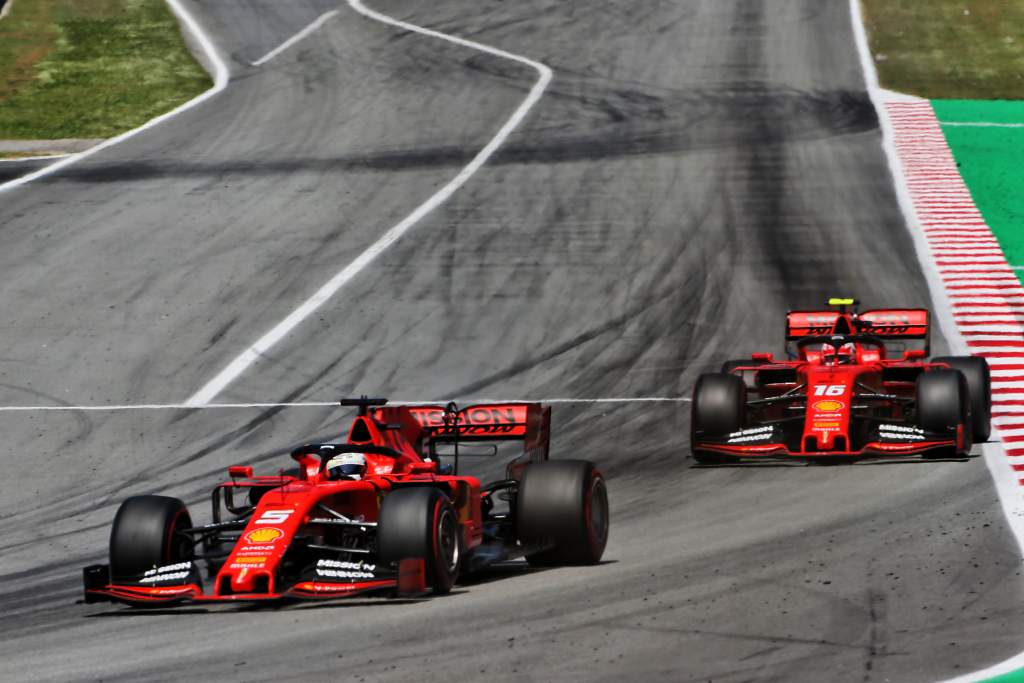
2009-2013 – 0.540%
2014-2020 – 0.715%
As you can see from the figures, not much has changed over the 12 seasons for Ferrari. We all know that during the hybrid era there was a couple of questionable years when Ferrari seemed to push the grey areas of the regulations just that little bit too far, resulting in a dismal 2020.
Neither the power unit nor the chassis was up to the job last season and very seldom, other than with a little luck, did Ferrari threaten the podium. That’s the minimum that a team of this standing should be striving for. As Mattia Binotto put it, Ferrari was “inadequate” in 2020.
Ferrari’s way is very different from the Mercedes way and I’m sure that, even though we haven’t heard much about it, there will be a few knives out waiting for a home. This means 2021 will be a big year for Ferrari. It might not win the championship, but it needs to be winning a few races or, as Binotto has said, be finishing third in the constructors’ standings as a minimum.
4 McLAREN – 1.523%
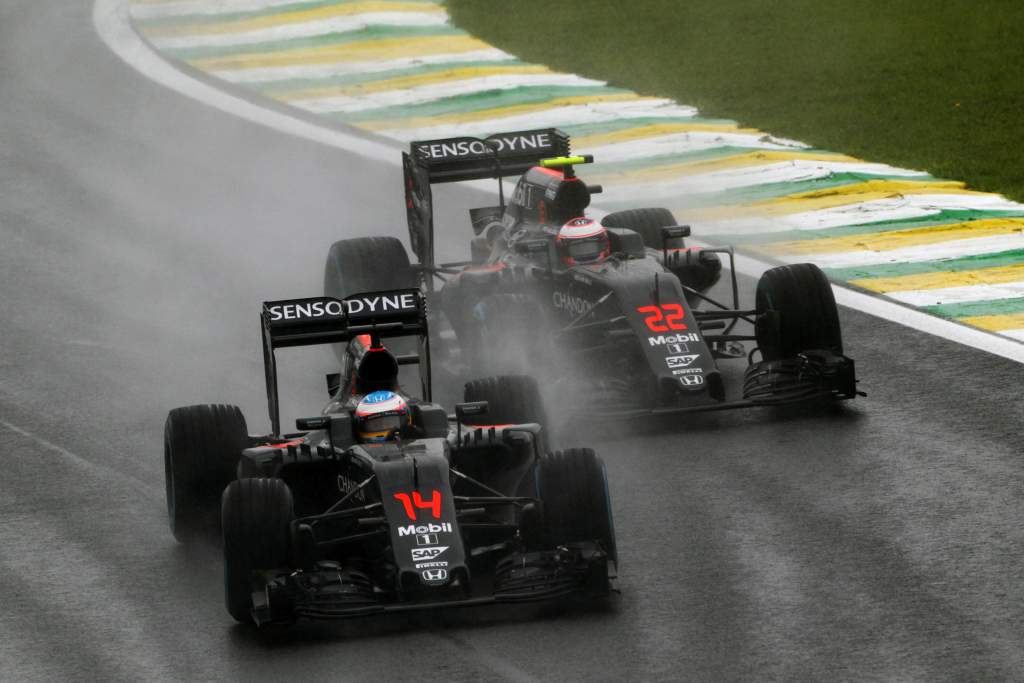
2009-2013 – 0.508%
2014-2020 – 2.164%
Looking at the overall picture, McLaren was right in there during much of the normally-aspirated era. It was very consistent from 2009 to 2011, top of the pile in 2012 and then it all went wrong with a major drop-off in 2013. Intra-team politics came into play and the direction taken, combined with the loss of Lewis Hamilton to Mercedes, started the slippery slope.
McLaren started the hybrid era with customer Mercedes engines and the move to Honda was made for all the right reasons. It just didn’t work out for either company, but for me the biggest problem was that McLaren, especially its management, believed its own hype.
In reality, only recently has there been the admission that within the big, shiny factory the tools it had were outdated. Major investment was required in this area to bring McLaren back to a competitive level and that’s exactly what’s happening with projects like the new windtunnel, the new driver-in-loop simulator and the bolstering of its production capacity.
By moving from Honda to Renault power units for 2018, McLaren realised that there was no hiding place. Renault was by no means the best power unit in the pitlane and the Renault works team was not in a position to challenge for podiums, but the relative performance levels told a story.
This focused McLaren’s vision inwards and made those in charge realise they need to restructure and invest in the future. That is now well under way and McLaren is now moving back to Mercedes power. As I said earlier ‘Rome wasn’t built in a day’, but the motivation is now back and McLaren is on a positive building curve.
5 RENAULT – 1.762%
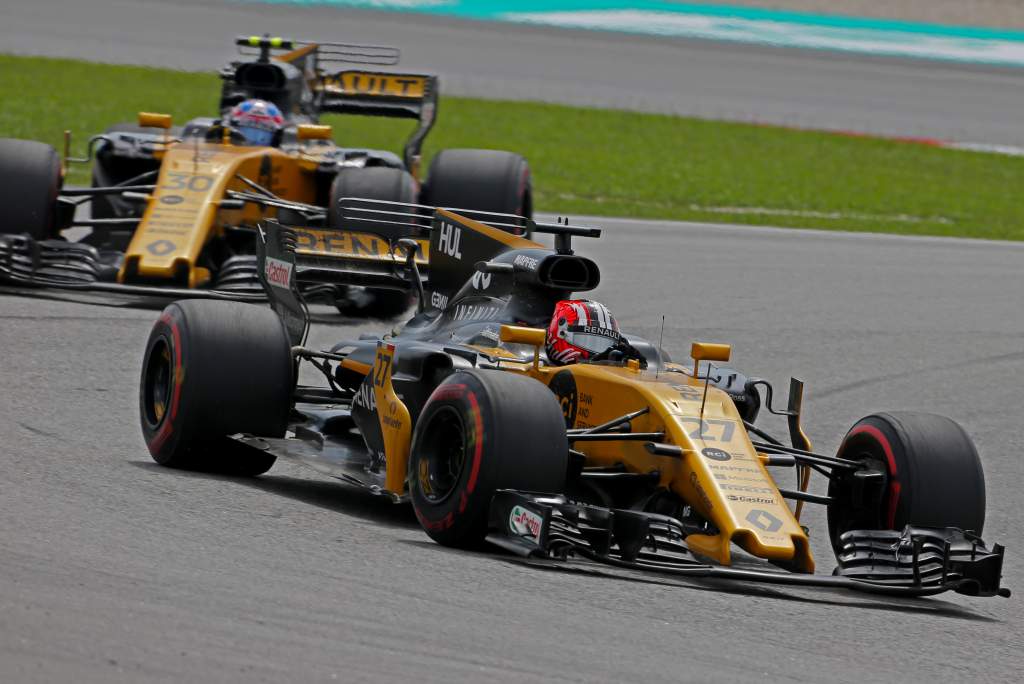
2009-2013 – 0.935%
2014-2020 – 2.257%
The Renault works team has been on its building curve for far too long. The reality of it was that 2009, 2012 and 2013 have been its best seasons in terms of performance. These seasons were before Renault re-acquired the team ahead of 2016, with two of those years under the ownership of Genii Capital and the 2009 season under its last stint as owner.
I was asked to visit the team once during that period and comment on what I thought of the situation and I was amazed at what I found. No-one was working together, everyone was blaming each other and the management was just as disconnected in its direction for the company.
Renault definitely inherited a can of worms but even since then politics seem to be far too prominent in its decisions. What is now Alpine is a works team and as such should be challenging for podiums. Yes, it took three in 2020, but still lacks the out and out performance to challenge on a regular basis.
6 Racing Point – 1.811%
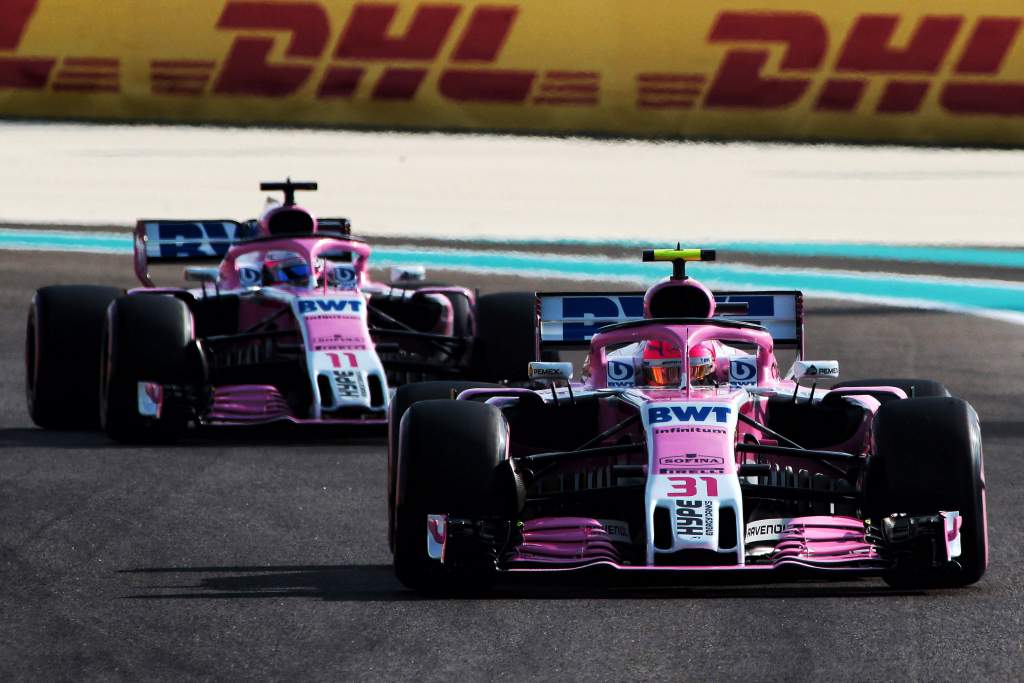
2009-2013 – 1.331%
2014-2020 – 1.953%
As far as owners are concerned, Racing Point has definitely been through the wringer. Vijay Mallya did a good job at stabilising a sinking ship when he took over the team during 2007, only for another torpedo to strike in the middle of 2018.
Lawrence Stroll has been a saviour and has huge ambitions for them as a team. Hopefully, everyone there can keep their feet on the ground for long enough to achieve some of that, if not it all.
Other than the problems that came from a lack of investment over a sustained period, the team has achieved a lot from very little. It has been a good race team and normally pulled the best result possible out of a given weekend. That’s all fine, but it isn’t what is going to put you in a position to be regular podium finishers – and regular podiums are the minimum requirement if it is ever to have a sniff of a championship.
The backbone of this company is that it is made up of a lot of the old Jordan personnel. They are a good bunch, but now the numbers are starting to increase going into the new Aston Martin era that group will be starting to get diluted. Yes, the team needs to grow but you also need to make sure that all the jig-saw pieces fit in their correct places and that the end result achieves the objectives.
All too often, you get some square pegs that don’t, or don’t want to, fit into round holes and this can very easily blow things apart.
7 ALPHATAURI – 2.090%
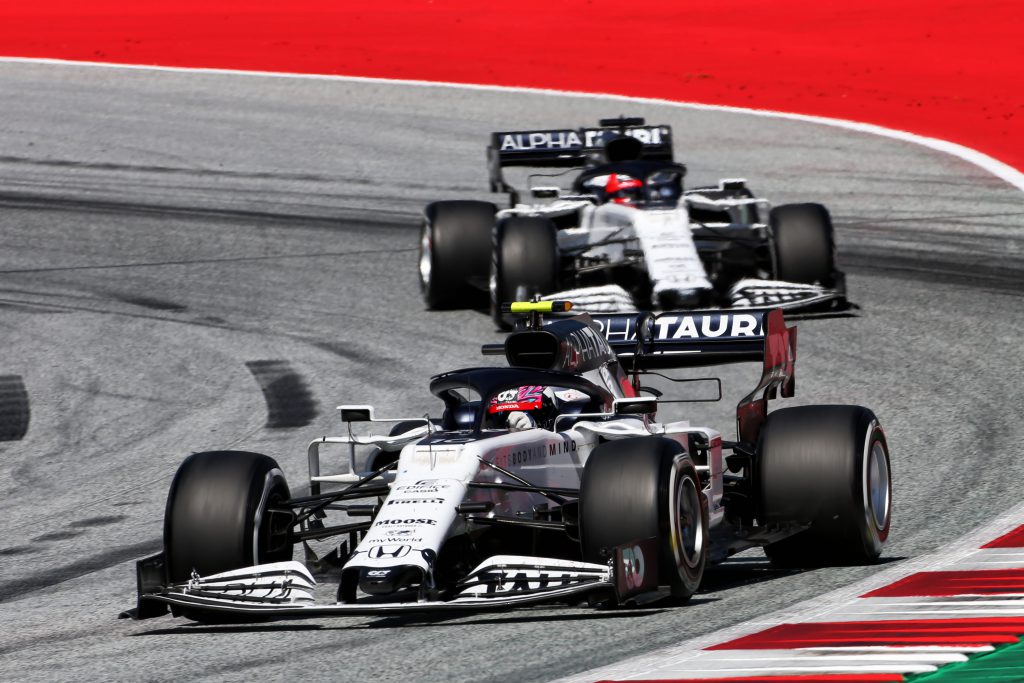
2009-2013 – 1.705%
2014-2020 – 2.183%
There has been a definite shift in performance for AlphaTauri over the last season. Some of that is down to being more aligned mechanically with Red Bull. Being a relatively small team, there is only so much you can do and this closer association has allowed it to focus on its own aerodynamic package.
Pierre Gasly coming back from Red Bull mid-2019 has also helped. He has witnessed first-hand how much a frontrunning team puts into being successful and has been able to apply that to how he works with the engineers at AlphaTauri. With Daniil Kyvat now gone and rookie Yuki Tsunoda coming on board, team leadership and development direction will be in his hands.
As for the team, it is well respected by Honda and they have a good working relationship. If Honda pulls out all the stops for its last year (for the moment) in F1, AlphaTauri will benefit from this.
But it’s 2022 that I would worry about. I always criticise AlphaTauri for its inconsistency and although it’s getting better at this, there is still room for improvement.
8 Williams – 2.102%

2009-2013 – 1.451%
2014-2020 – 2.487%
The thing about Williams is that it has done it before so we know this is a team that can succeed. But it lost its way and a huge amount of motivation went with it when it all went wrong in 2018 and 2019.
The recovery has started, particularly with new owner Dorilton Capital coming in, but there is still a long way to go. There was at least a genuine improvement in 2020, joining the back of the pack as opposed to being an also-ran off the back of it and this will give the team hope. But the light at end of the tunnel is at least now a glimmer whereas before it was nothing more than the smoking remnants of what had been.
Williams is a team that wants to stand on its own to two feet, as it has done for many years, rather than becoming too closely aligned with a big team. But it might be more productive if it was to follow the Racing Point business model with Mercedes. I don’t mean copy the Mercedes, but at least use more supplied components such as the gearbox etc.
The new owners are going to have to put their hands in their pockets, and have already done so, but bringing in Jost Capito as CEO is a statement of intent. Just as Andreas Seidl has at McLaren, Capito will want to analyse the working practices and the tools used.
Williams is in a similar position to where McLaren was a few years ago, living on its past success for far too long and not keeping up with the latest modelling and simulation technology. But perhaps it, too, is now changing.
9 Alfa Romeo – 2.387%
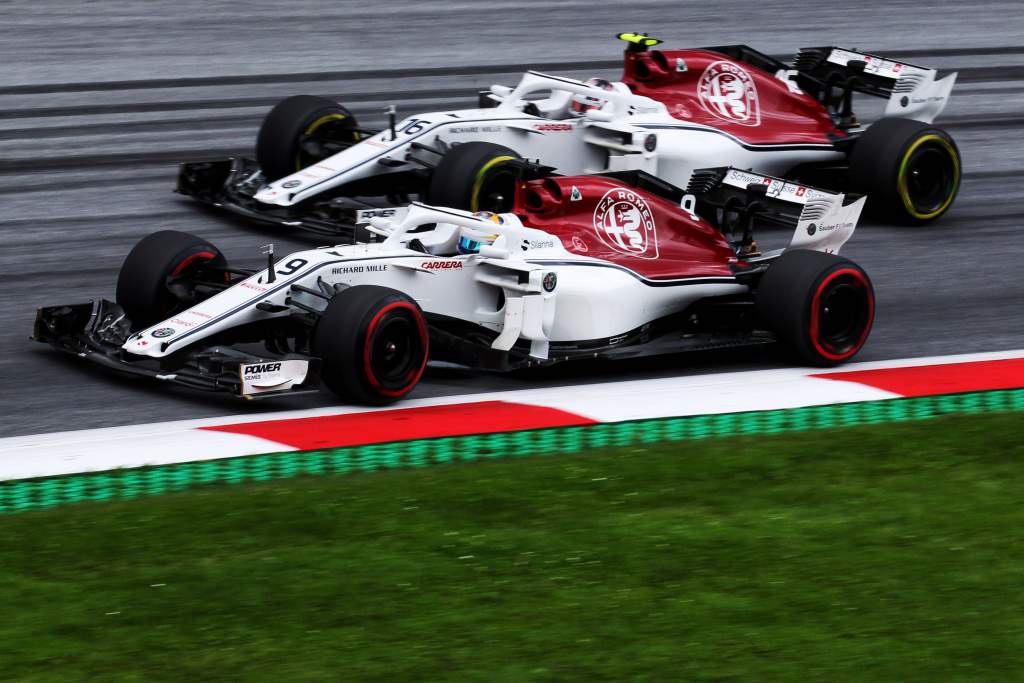
2009-2013 – 1.471%
2014-2020 – 2.919%
Alfa Romeo, run by the Sauber team, has never really got on top of things during the hybrid era. There have been glimmers of hope, but the team has never regained the mid field competitiveness it had in the normally-aspirated days by making sustained improvements.
It always seems to flounder a bit with internal changes. Consistency in management and attracting good people has never been easy for Sauber given it is based in Switzerland and that continues to be a problem.
But it does currently have a good yardstick in Kimi Raikkonen. I’m pretty sure that given a decent car he would be in Q3 consistently and bring home points, so somewhere along the line Alfa Romeo needs to identify what is holding it back and rectify it.
10 HAAS – 2.505%
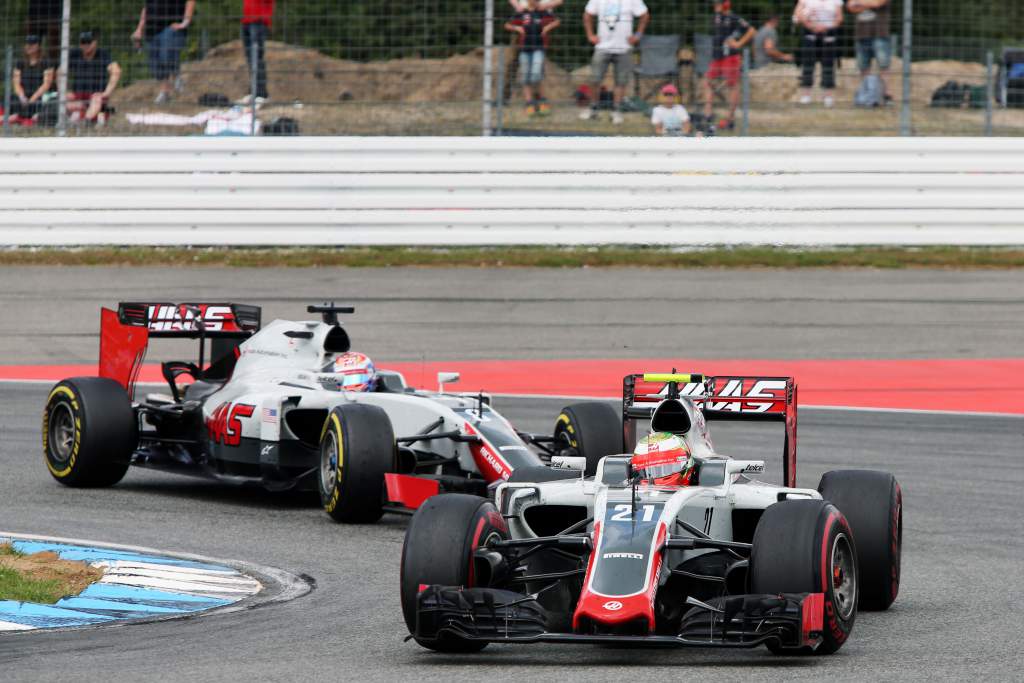
2009-2016 – N/A
2016-2020 – 2.505%
It’s difficult to judge Haas in the same way as the above teams because it has not been around long enough to build up a complete picture. But during the past couple of seasons it has probably suffered financial restrictions comparable to those of Racing Point under the Force India name.
To get into F1 is very expensive, but to stay there and keep improving is even more expensive. The 2018 season was Haas’s best and from there the performance dropped away. From the outside it looked like the team was basically lost and didn’t know which direction to focus on to improve. When it gets like this, the money man will question everything.
Haas has also suffered from Ferrari’s power unit problems, as has Alfa Romeo, so that’s all not the team’s fault. But I would like to have seen it show that it knew which direction to develop the car in, as opposed to doing nothing. Given development was shut down last year, the step made with the 2021 car will be revealing.
THE TEAMS THAT DIDN’T MAKE IT
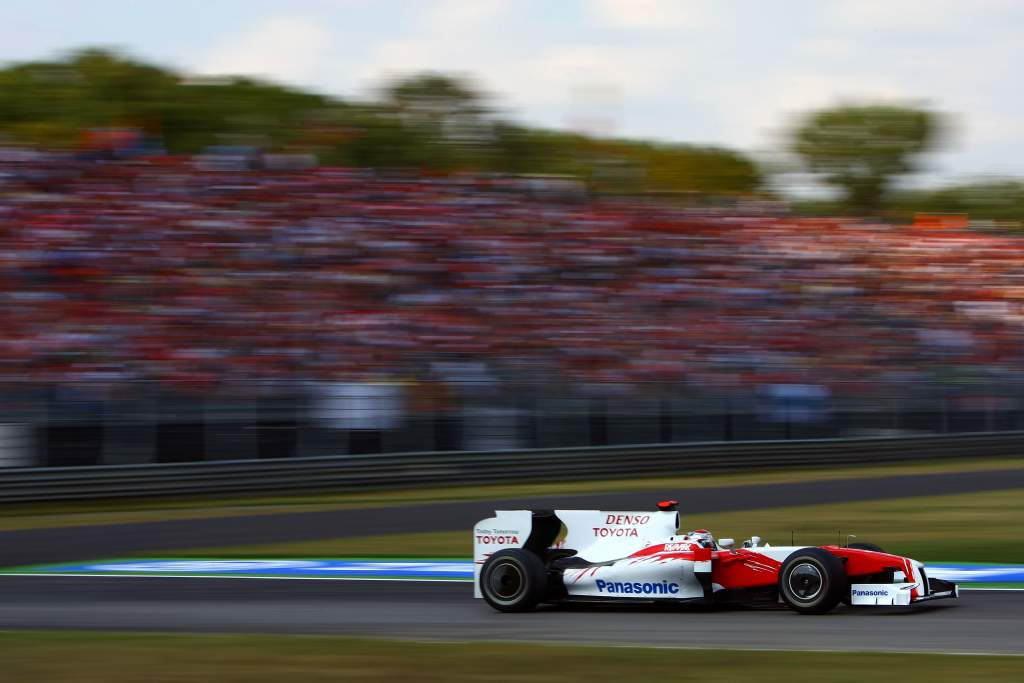
TOYOTA – 0.523%
2009 – 0.523%
Toyota only completed in the first year of my analysis, so it’s difficult to understand what it could have achieved. The return for dollars spent was well below par, which is why Toyota pulled out, but during that season it was knocking on the door of competing with the big boys.
We will never find out, but if it had hung around a little longer it might have started to get a better return on that huge investment.
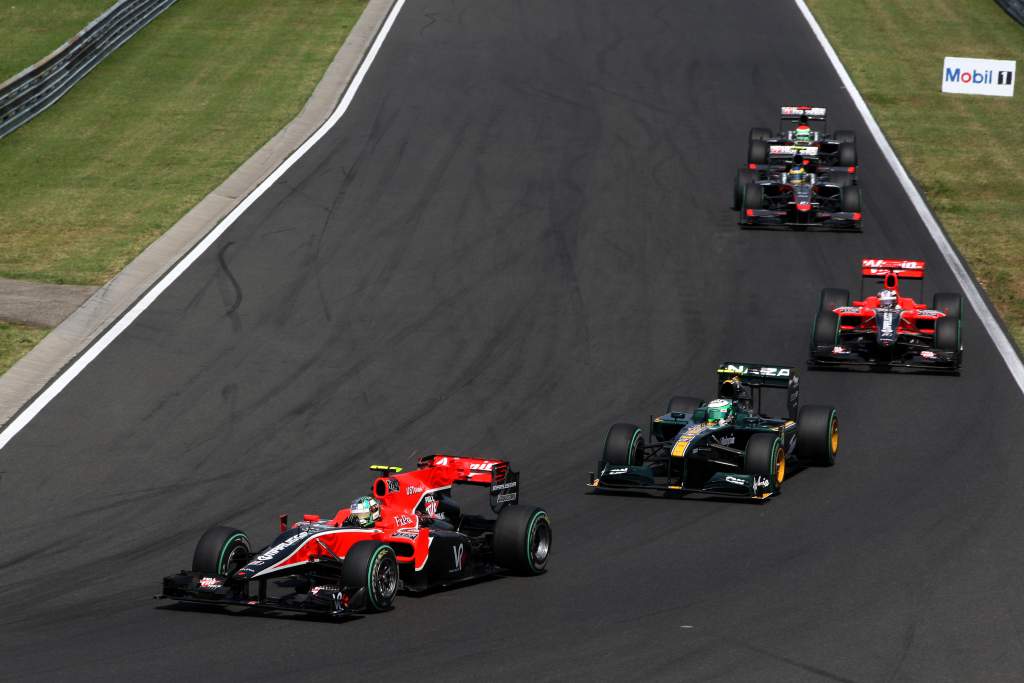
CATERHAM – 4.453%
2010-2013 – 4.342%
2014 – 4.898%
MANOR – 5.082%
2010-2013 – 5.247%
2014-2016 – 4.862%
HRT – 6.698%
2010-2012 – 6.698%
I have grouped these three teams together. In reality, they are the only brand new teams to attempt to get into F1 as full independents for many years and they got sucked in when they were promised there was going to be a totally unrealistic budget cap. Perhaps believing that shows the lack of understanding about what F1 was and still is all about.
Manor was the one that looked like it might just improve, but unfortunately money ran out before it could prove it.
For anyone looking at this who is crazy enough and might just be considering entering F1, it should put them off very quickly. Yes, we now have some budget control but the numbers are only applicable to big spenders. The budget cap is only a dream to probably 70% of the grid.
PREDICTIONS FOR 2021
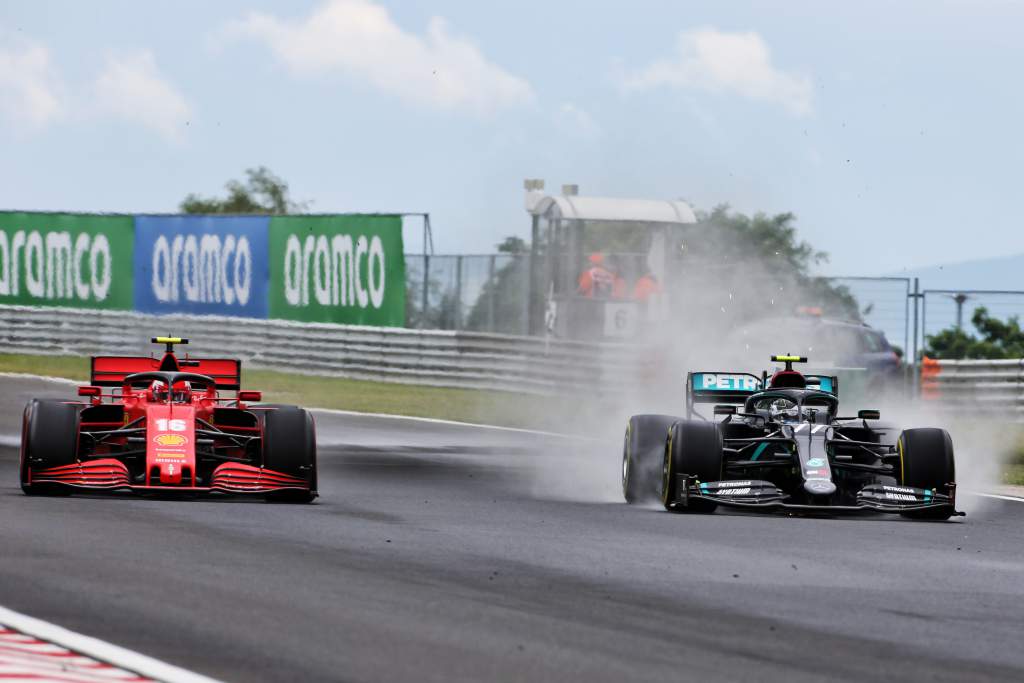 As I always do, I’m going to stick my neck out with my predictions for 2021. The technical regulations are fairly similar to 2020, so other than a few changes to reduce the downforce I’m not really expecting any major changes.
As I always do, I’m going to stick my neck out with my predictions for 2021. The technical regulations are fairly similar to 2020, so other than a few changes to reduce the downforce I’m not really expecting any major changes.
The maths behind my prediction is to take each team’s performance in 2020 as that is where they currently stand and then to add to that their next two best seasons during the hybrid era as that is what they are/were capable.
So if they could do it, then they should be able to do it again. Then average out those three sets of data and we get the following pecking order.
1 Mercedes, 0.023%
2 Ferrari, 0.633%
3 Red Bull, 0.714%
4 McLaren, 1.492%
5 Aston Martin, 1.644%
6 Williams, 1.757%
7 AlphaTauri, 1.800%
8 Renault, 1.813%
9 Haas, 2.358%
10 Alfa Romeo, 2.509%
Ferrari would probably be very happy if it ended up like this and other than them and Williams there are no big changes. If it does work out anything like this, then bring on 2022 as soon as possible. The regulation changes might just bring some uncertainty.








